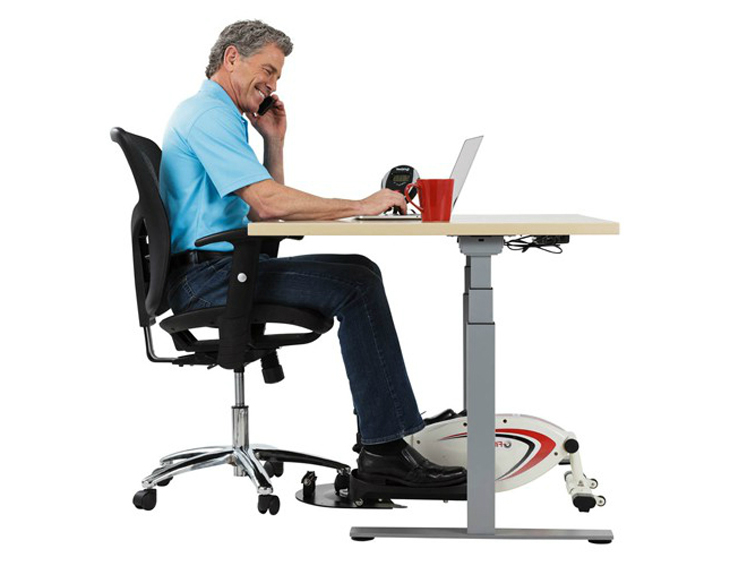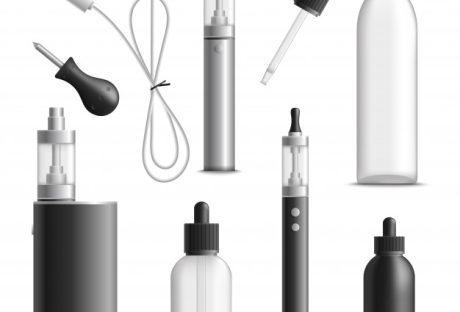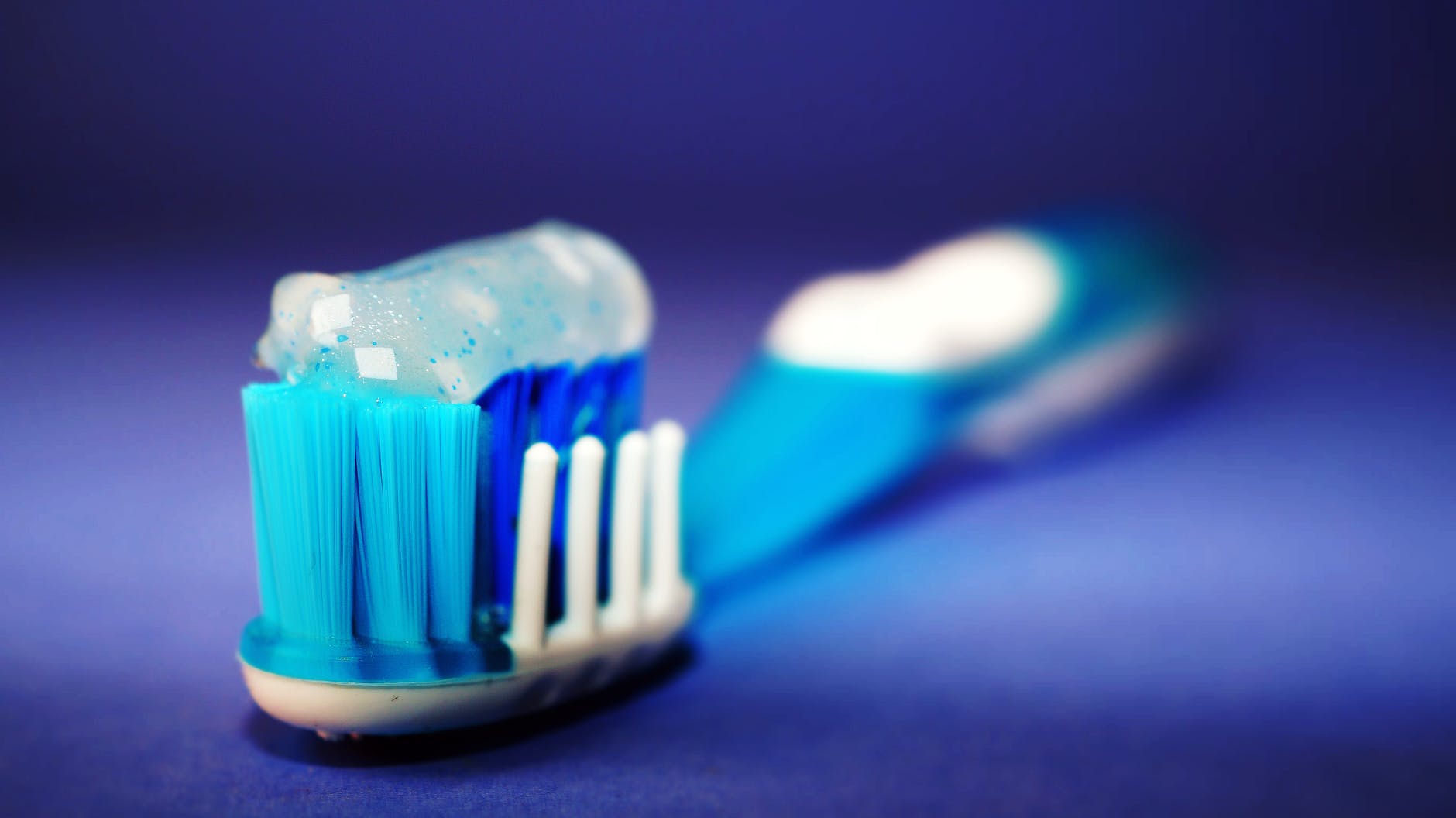Whether you need an easy, quick workout or want to squeeze in some kind of exercise during a busy day at work, a pedal exerciser is your best option! The benefits of using a pedal exerciser are varied and many, so you don’t have to think twice about buying one.
Learn more about these benefits by continuing down below!
What is a Pedal Exerciser?
A pedal exerciser is a small piece of equipment that resembles the petals of a bike mounted to a stationary platform. You simply put it on the floor, sit on a chair and pedal as if biking. It’s easy to use and learn, low-impact and can be used almost anywhere.
It can also be used as an arm cycle if you put it on a table or desk. According to a study performed by the American Council on Exercise on arm cycling, participants burn an average of 9 calories per minute while cycling. Their heart rates also increased to 86% of their maximum heart rate and breathing rates to 72% of their maximum.
Pedal Exerciser Benefits
Here are the many benefits that a pedal exerciser has to offer:
● Provides a good, low-impact aerobic workout
A pedal exerciser helps improve your blood circulation, heart rate, and overall cardiovascular health. Since it is a low impact workout, it is also easy on the joints to prevent pain and injury.
You can still break a sweat while pedaling, which is a good thing for your fitness and blood health. It also helps you avoid obesity.
● Help in toning the legs and losing fat from the thighs
Because of the cycling motion, you do when using a pedal exerciser, it provides a great lower body workout for toning your hamstrings, calves, gastrocnemius, and glutes. This helps you burn fat especially those found in the thighs for better toned and stronger legs.
● Improves your mood
Just like any other form of exercise, using a pedal exerciser signals your body to release feel-good hormones and chemicals, which help improve your mood, lower your stress levels, boost your energy levels, and boost your confidence.
This is especially great for people who feel bored or uninspired during work hours. When you feel great and have high morale, you will also treat other people better and work better.
● Increases desk work efficiency
Working out with a pedal exerciser helps increase your productivity and work efficiency by allowing you to focus more easily and for longer periods of time. The hormones released while exercising also clears the mind so you can think faster and get more projects done in less time.
● Helps adults especially the elderly to strengthen their knee and foot joints
Many adults and seniors have mobility problems due to joint pains. By stimulating the joints and muscles of the feet and knees, a pedal exerciser helps strengthen them to reduce pain and improves their ability to maximize their range of motion. This allows the user to overcome physical challenges like going up the stairs over time.
● Help lose weight and burn calories
Pedal exercisers promote weight loss by allowing you to calculate and track the number of calories you burn as you pedal. The best pedal exercisers even have settings for you to control the duration and intensity of your exercise.
● Allows busy people to live healthier and stay more active
Using a pedal exerciser allows you to get your daily exercise without interrupting your work because you can use it under your desk. Most models operate smoothly and quietly to be appropriate in the workplace.
● Provides a convenient way to exercise
Pedal exercisers are small, compact, lightweight, can be used under your desk at work, under the dining table at home, or even in front of the couch or your favorite chair as you watch TV. You just have to slip your feet through the straps and start pedaling your time away.
Many models of pedal exercisers are not just for the office or home use. Some can be folded up neatly so you can store them in your luggage when you travel. You might even be able to use one on the plane if you travel first class!
● Pedal exercisers are economical
Aside from all of these benefits, pedal exercisers are cheaper alternatives for larger stationary bikes or actual bicycles. It also offers a way to exercise both the lower and upper body for a full-body workout. It is also great for saving space as well as saving time and effort for maintenance.
Here is a video on how to use pedal exercises to your advantage: https://www.youtube.com/watch?v=KVLv7vEZ3Rc
Conclusion
So those are the many benefits of using a pedal exerciser! I hope this encouraged you to be more active and explore this way of exercising at work, at home, or while traveling. If you liked this article, don’t forget to share it with your loved ones and leave a comment down below! Happy pedaling!
Read Also:






















